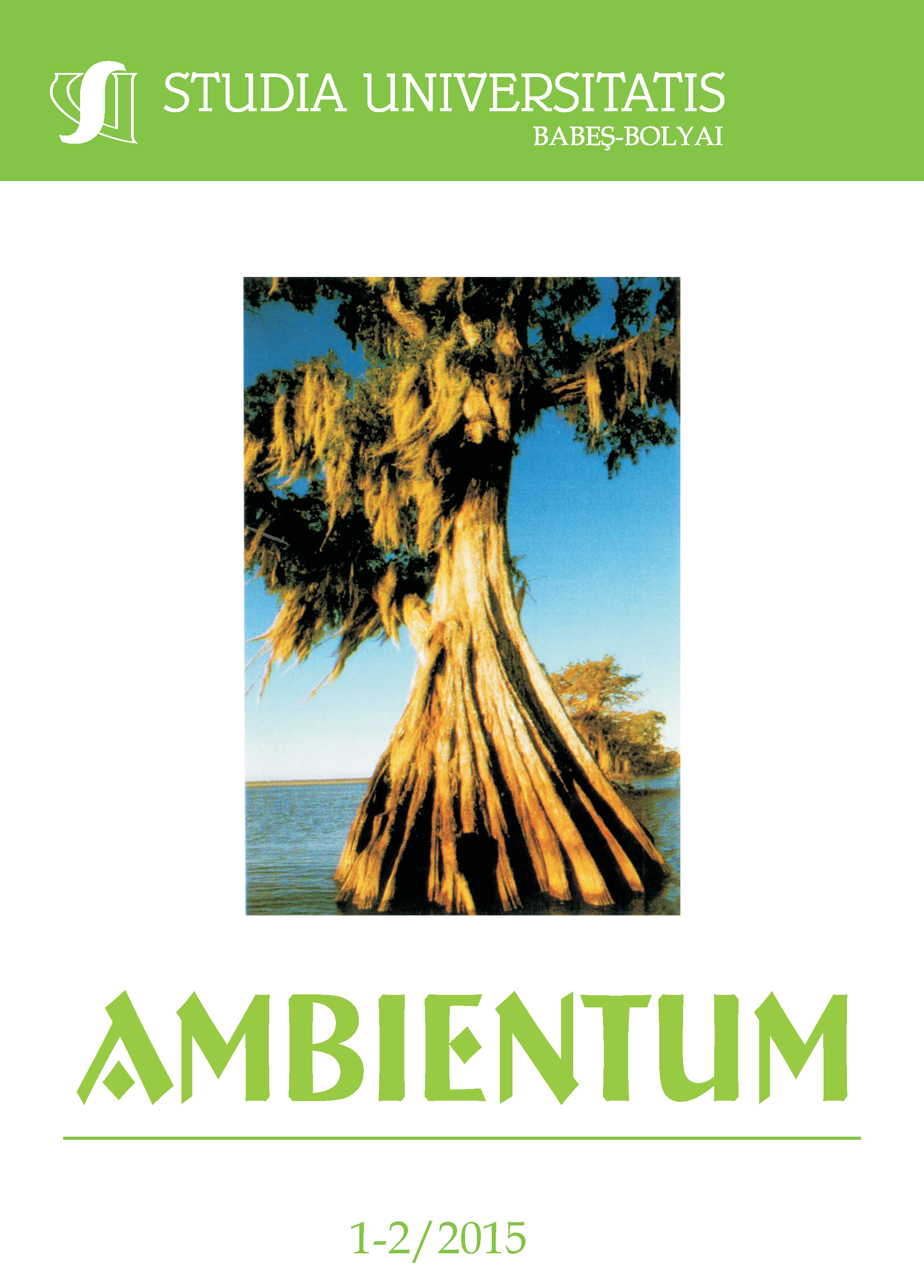THE PRESENCE OF DISSOLVED ANIONS IN SEVERAL WELL WATER SAMPLES FROM NADĂŞ VILLAGE (CLUJ COUNTY)
Keywords:
well water quality, drinking water, electrical conductivity, dissolved anions, rural areaAbstract
The main objective of the present study was to determinate the quality of well water by analyzing the presence of dissolved anions from several well water samples from a rural area. The samples were taken from Nadăş village, located in Crisul Repede village, Cluj County. At the beginning of the study there were 17 wells selected, but only 10 private wells have been chosen (W1, W3, W4, W5, W6, W7, W12, W13, W15, W16) for the analysis of dissolved anions content: F-, Cl-, NO3-, NO2- , PO4-3, SO4-2. The wells were selected according to the electrical conductivity (EC) values that ranged between 409 μS/cm (W12) and 1251 μS/cm (W4). EC was within the MPL (maximum permissible limit) set by national legislation which is 2500 μS/cm. In the water samples taken from W1, W5, W6, W7 nitrate exceeded the MPL (50 mg/ L according to the national legislation). In the water sample from W6 nitrite exceeded the MPL (0.5 mg/ L according to the national legislation). In the water sample from W1 sulphate exceeded the MPL (250 mg/ L according to the national legislation). The present study indicated that some of the investigated water sources may pose some health problems if the waters are used as drinking water, especially due to the high content of nitrate and nitrite.
References
Fawell J. K., Hickman J. R., Lurid U., Mintz B., Pike E. B., 1996, Guidelines for Drinking-water Quality (2nd ed., Volume 2), WHO - Health Criteria and Other Supporting Information, pp 1-3, Geneva.
Fawell J., Mascarenhas R., 2003, Sulfate in Drinking-water, Background document for development of WHO Guidelines for Drinking-water Quality, pp 1-2, United Kingdom.
Fawell J., Bailey K., Chilton J., Dahi E., Fewtrell L. and Magara Y., 2006, Flouride in Drinking-water, WHO Drinking-water - Quality Series, United Kingdom - London, pp 2 and pp 6.
Kotoski J. E., 1997, Phosphorus Minifact & Analysis Sheet, Sheet 2, Spring Harbor Environmental Magnet Middle School, pp 1-4.
Lewis J., 2000, Health Concerns Related to Nitrate and Nitrite in Private Well Water, Environmental Health Investigations Branch, California Department of Health, pp 1-4, US – California.
Niculescu-Varone G. T., 1935, Romanian folk from Ardeal, Romania-Bucharest, pp. 4, http://www.turactiv.ro, date of access 28.11.2015.
Downloads
Published
How to Cite
Issue
Section
License
Copyright (c) 2015 Studia Universitatis Babeș-Bolyai Ambientum

This work is licensed under a Creative Commons Attribution-NonCommercial-NoDerivatives 4.0 International License.





 ISSN (online): 2065-9490 | ISSN (print): 1843-3855 | ISSN-L: 2065-9490
ISSN (online): 2065-9490 | ISSN (print): 1843-3855 | ISSN-L: 2065-9490